General Healthy Tree Care Techniques & Tips
General healthy tree care techniques encompass a range of practices to promote growth, prevent disease, and maintain structural integrity. Adequate hydration fosters robust root systems and resilience against drought or extreme temperatures. Beyond hydration and nutrition, pruning stands as a cornerstone of effective tree care. Strategic trimming shapes tree form and enhances air circulation, reduces disease risk, and prevents hazardous limb failure. Mulching is vital in this regard, moderating soil temperature, retaining moisture, and inhibiting weed growth that competes for essential nutrients. Read on for more details on the care tips and techniques for trees.
Assess The Tree's Water Needs
Newly planted trees require more frequent watering until they establish their root system, typically within the first two years. On the other hand, established trees need less frequent but deeper watering to encourage profound root growth.
Deep Watering
Ensure the water reaches at least 12-18 inches into the soil to reach the root zone. Shallow watering encourages shallow roots and can stress the tree. Also, avoid overwatering, which could cause wilting, yellowing leaves, and root rot, which are indicators of overwatering.
Watering Techniques
Use a soaker hose or drip irrigation system to deliver water slowly and deeply. You can also create a basin around the tree's drip line (the edge of the tree canopy) to hold water. Fill the basin and allow the water to soak in.
Soil Moisture Test
Use a soil probe or a simple screwdriver to check soil moisture. If the soil is dry 6-12 inches below the surface, it's time to water.
Summer Pruning
This helps control the tree's size and shape by slowing its growth. It is also helpful in removing water sprouts and suckers, which are vigorous, undesirable shoots that can drain the tree's energy. This is typically done in mid to late summer.
Winter Pruning
Winter pruning, often called dormant pruning, is ideal for removing dead, diseased, or damaged branches and shaping the tree for the next growing season. This is typically done in late winter before the new growth starts in early spring. Fall is generally not a suitable time to prune trees. This is because cuts made in the fall do not heal as quickly as those made in other seasons, increasing the risk of disease and decay.
Proper Mulching
Here are the steps involved in appropriate tree mulching:
1. Use organic materials like wood chips, bark, compost, or shredded leaves.
2. To prepare the area, remove weeds and grass around the tree base. Then, clear a circle around the tree, ideally extending to the tree's drip line (the edge of the tree canopy).
3. Spread mulch evenly around the tree, maintaining a 2-4 inch layer. Keep mulch 3-6 inches from the trunk to prevent moisture buildup and rot.
4. Replenish mulch annually or as needed to maintain the 2-4 inch layer and avoid piling mulch directly against the trunk, often called "volcano mulching."
Keep Your Trees Healthy On The South Shore, MA With Elliott Tree
Elliott Tree's expertise in tree care can help maintain the health and beauty of your landscape. Our team of skilled arborists and horticulturists is dedicated to providing top-notch services in tree watering, pruning, and mulching. With years of experience and a commitment to sustainable practices, we ensure that your trees receive the best care tailored to their needs. Let us help you create a healthier, greener, and more vibrant outdoor space. With many years of serving the South Shore, we are proud of our tree care and work. Get started by filling out our contact form and give us a quick call at 781-447-0045.
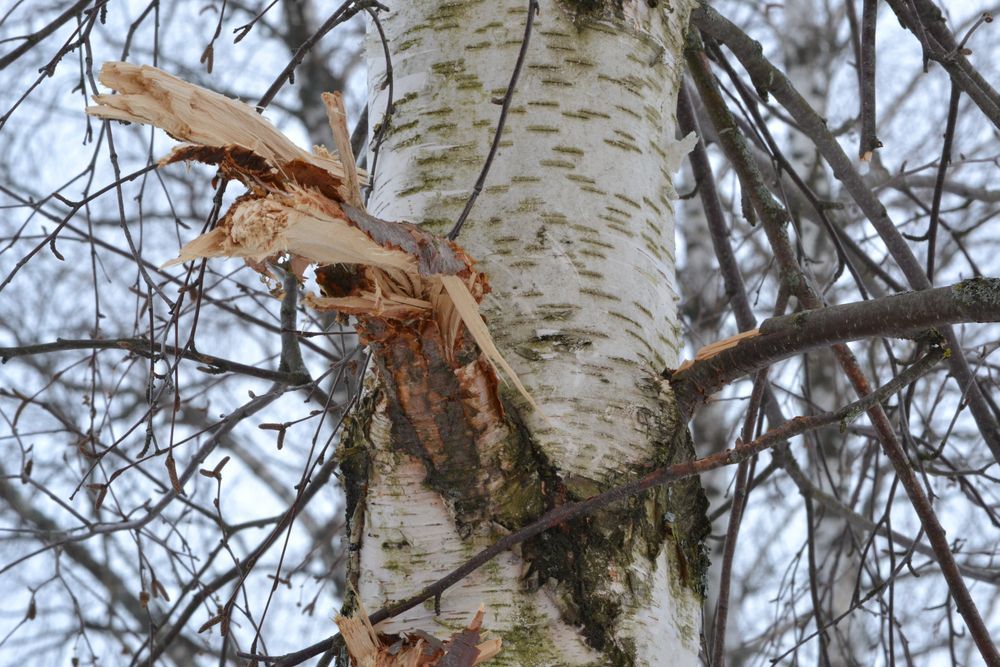
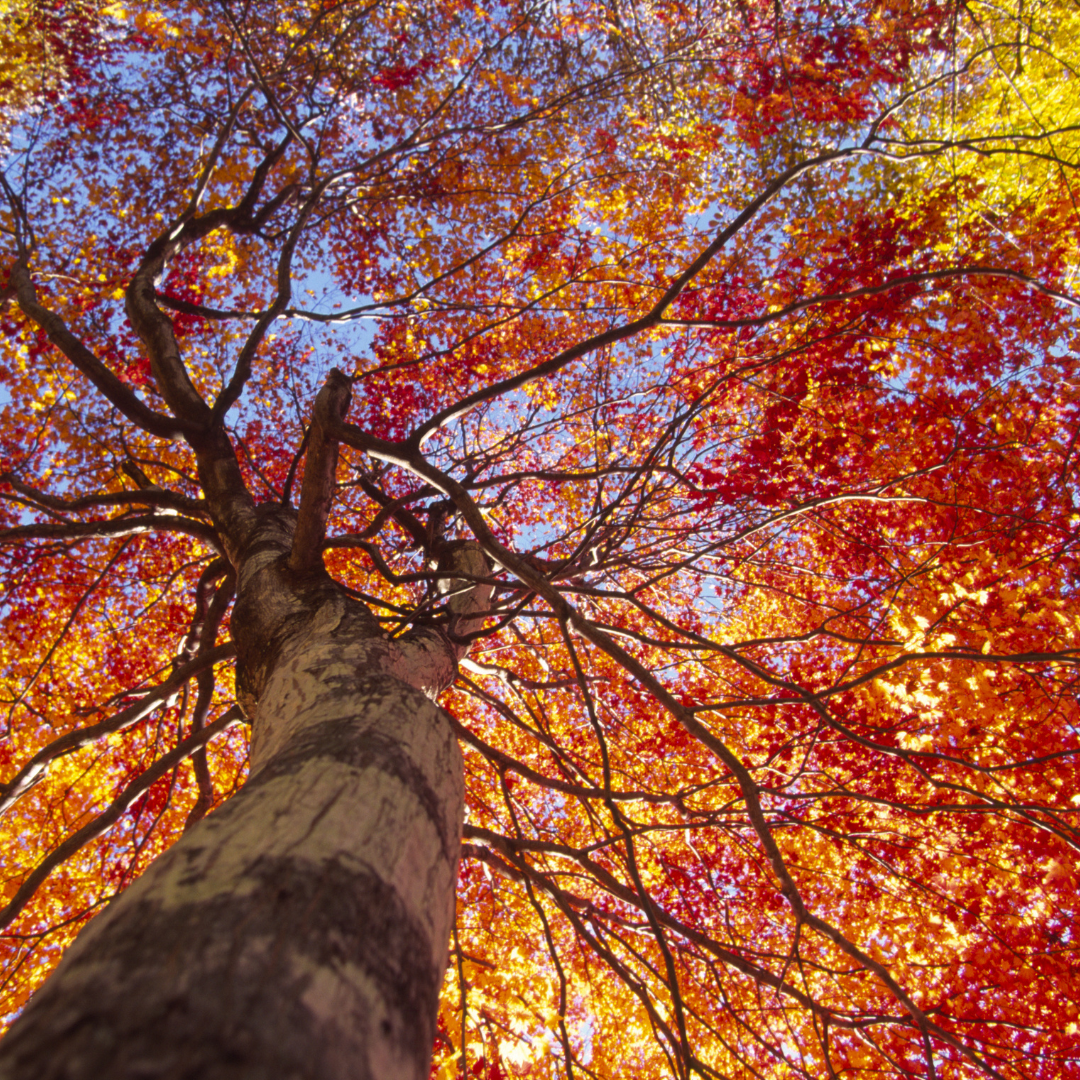
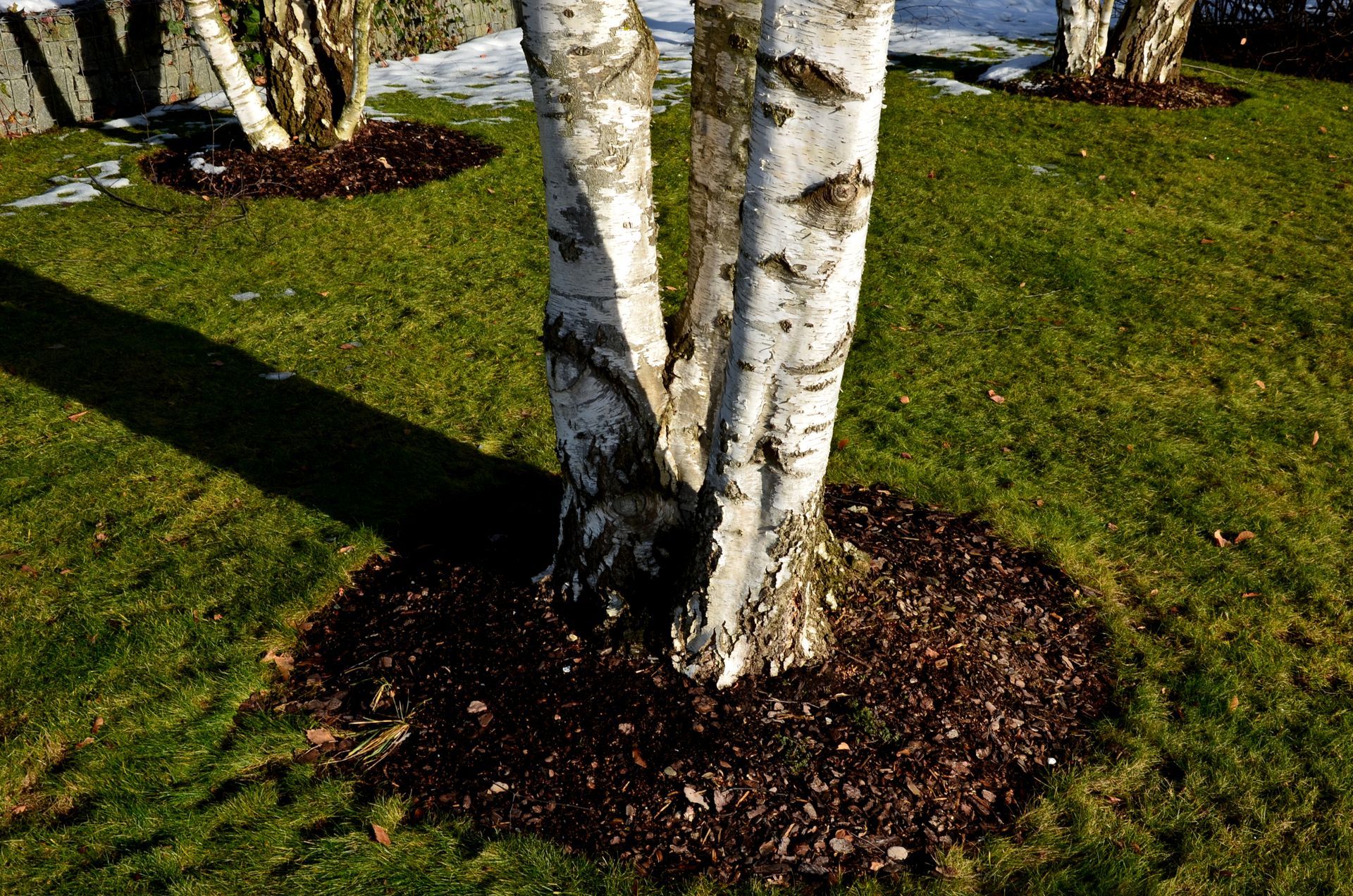
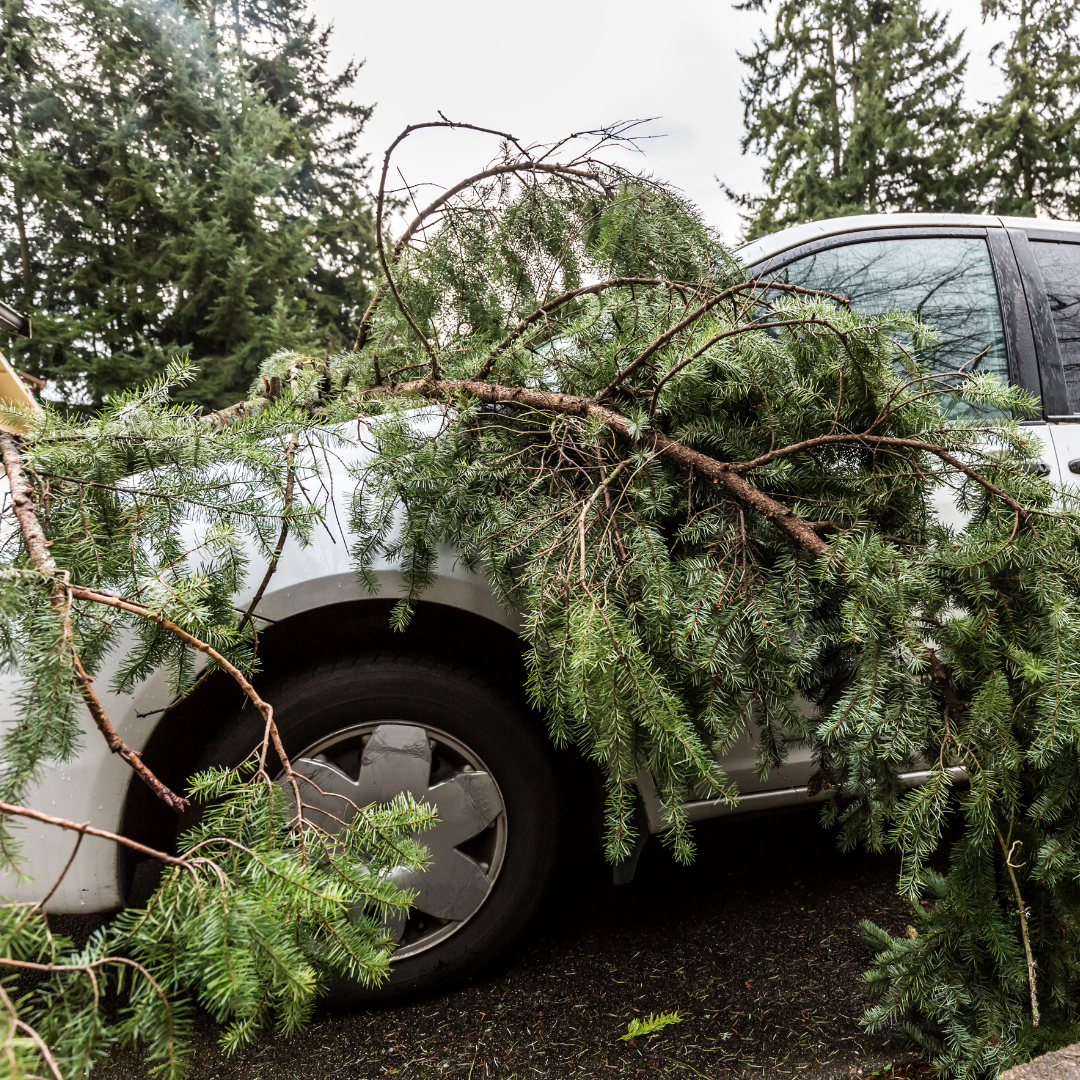
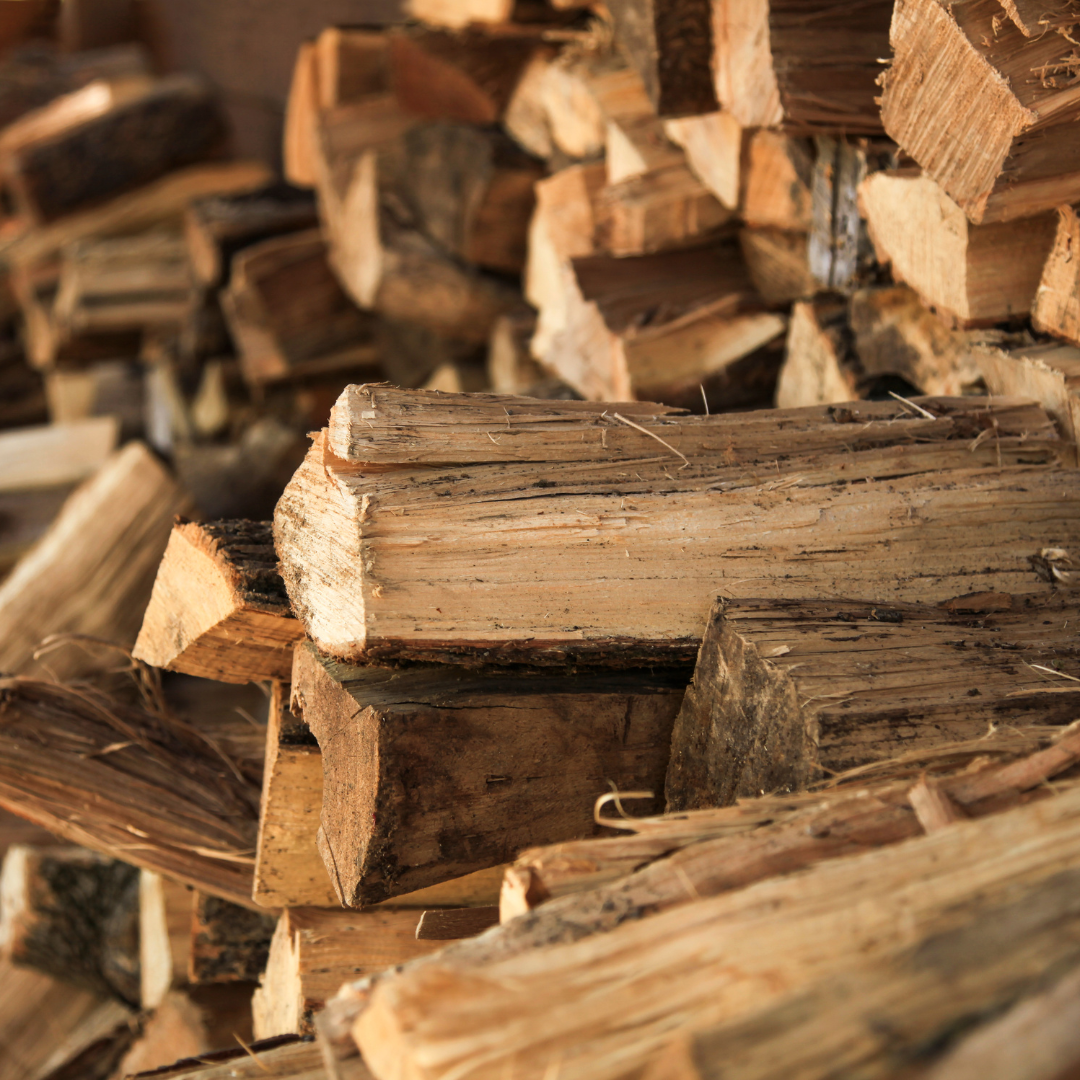
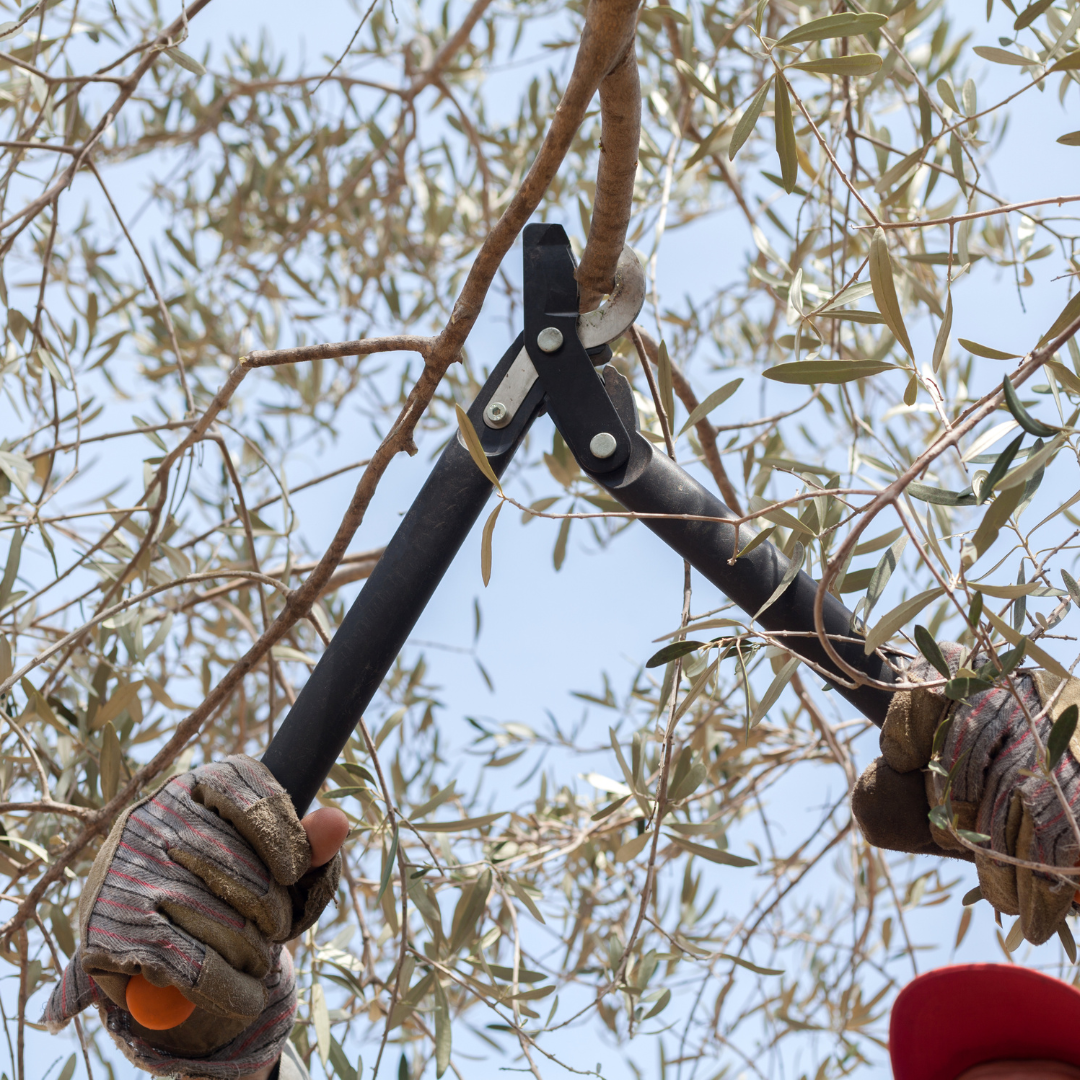
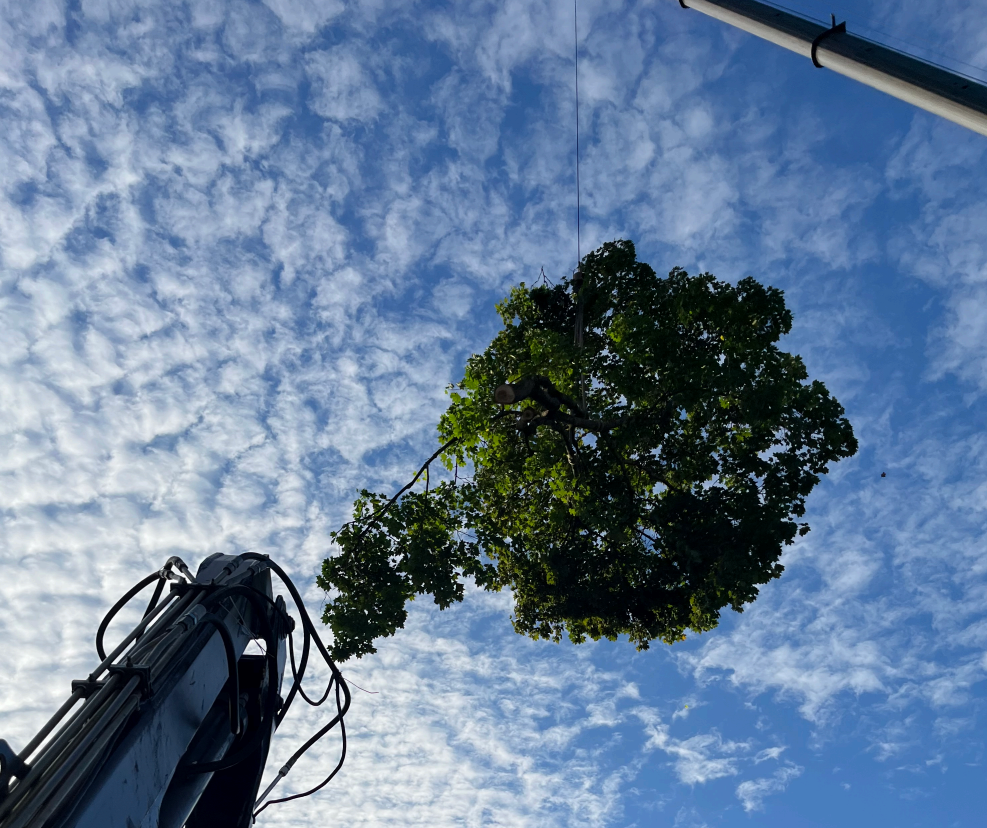
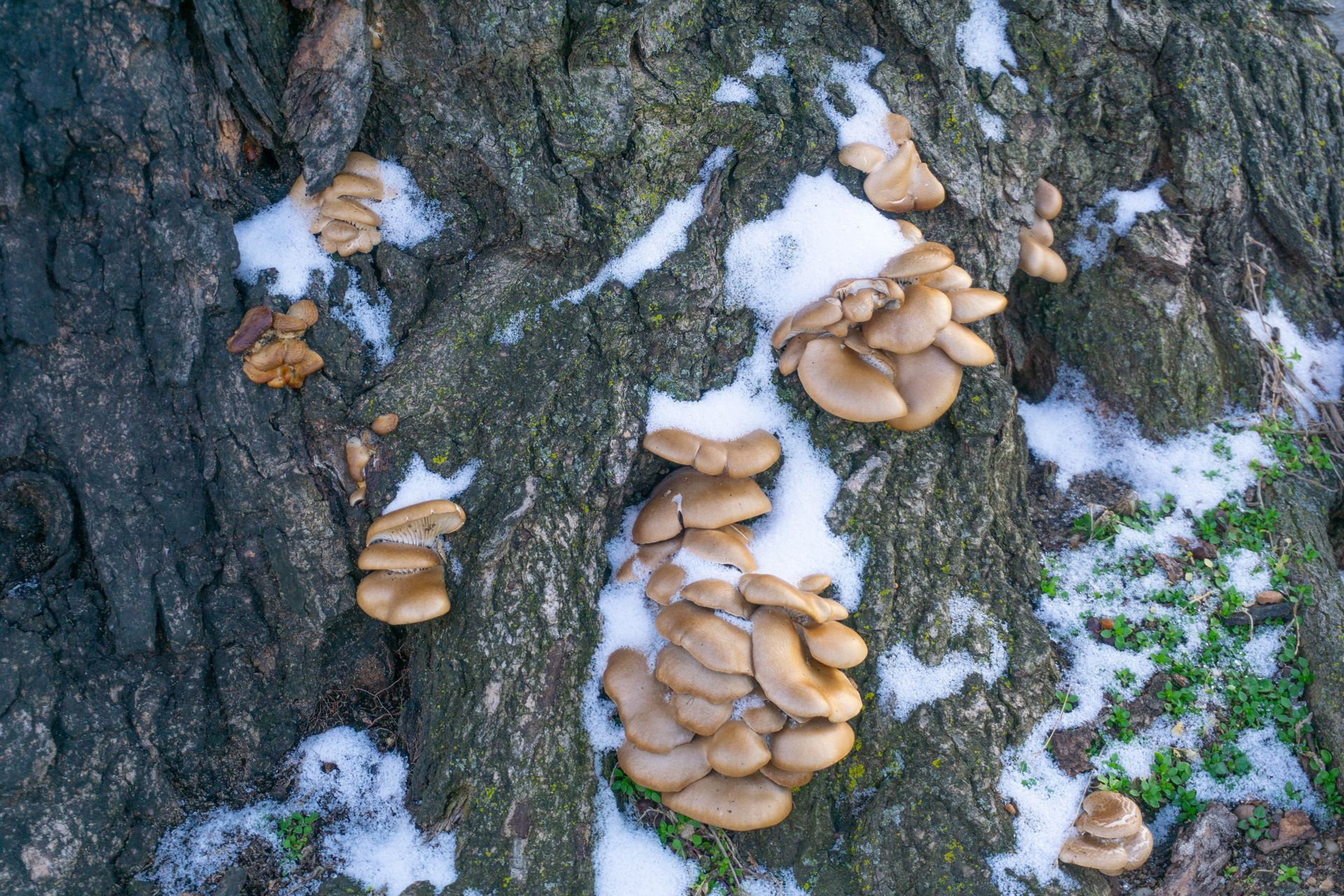

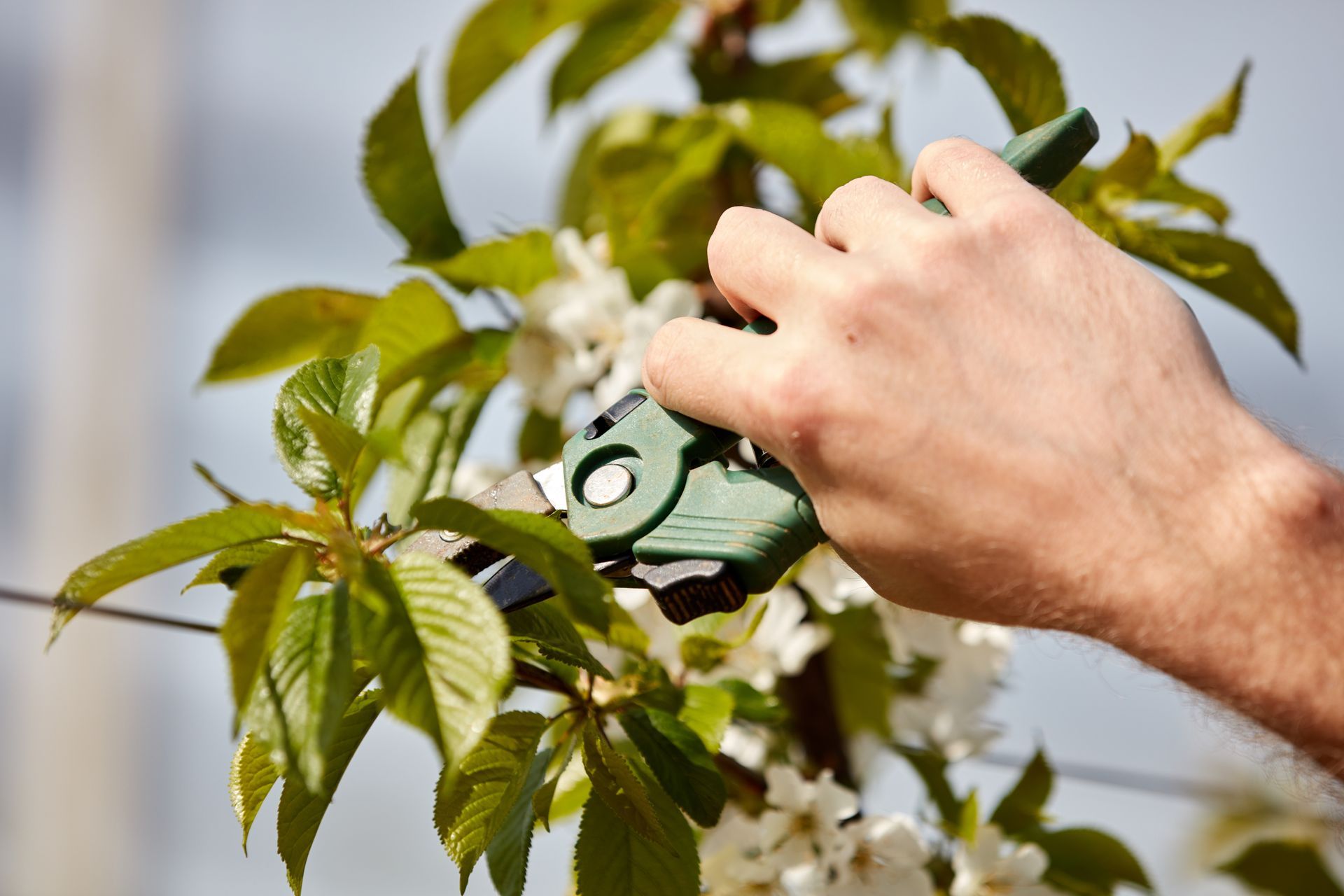
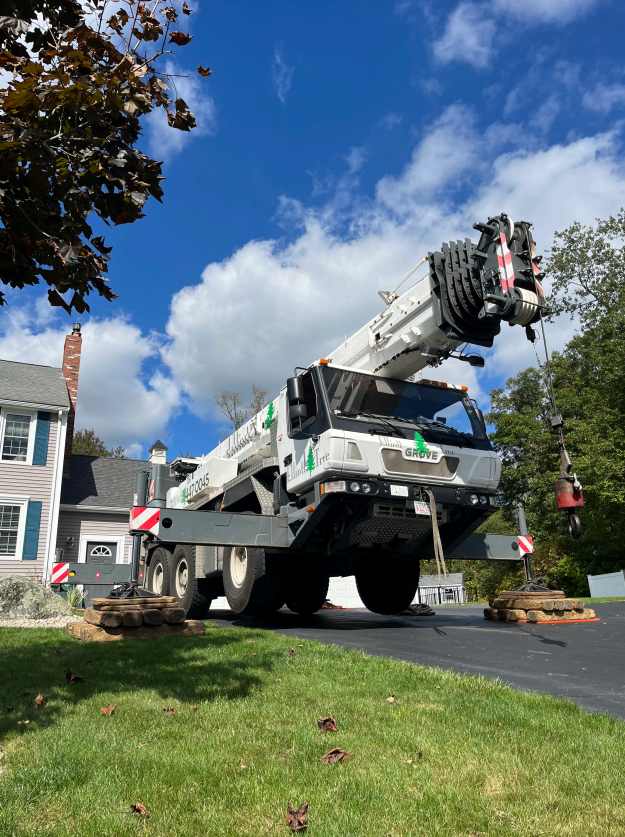
Share On: